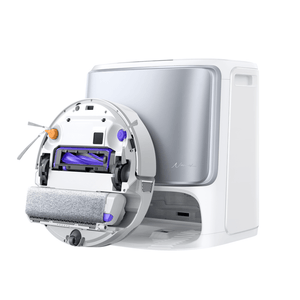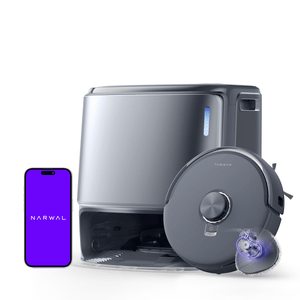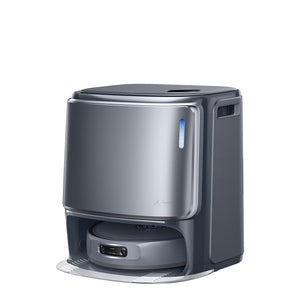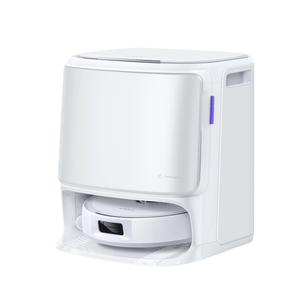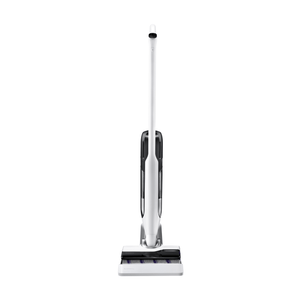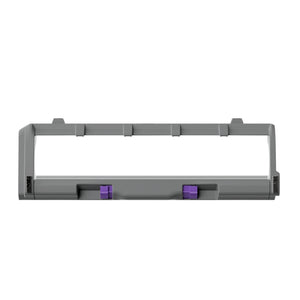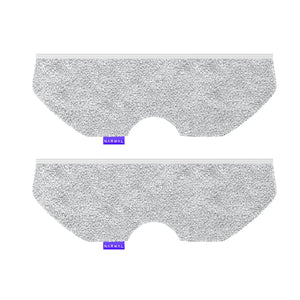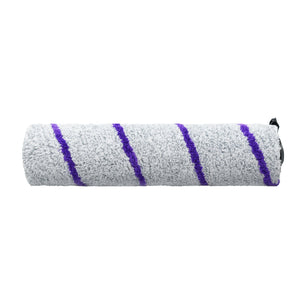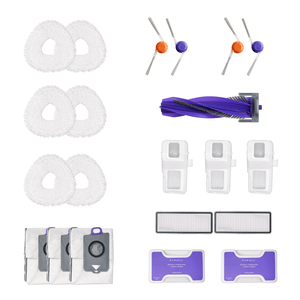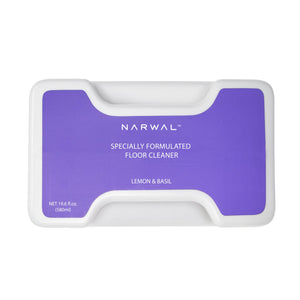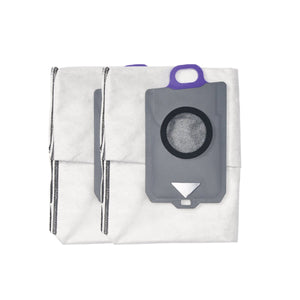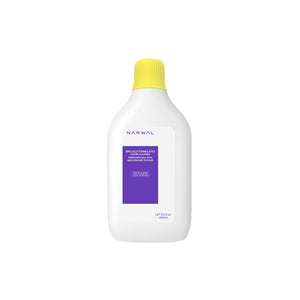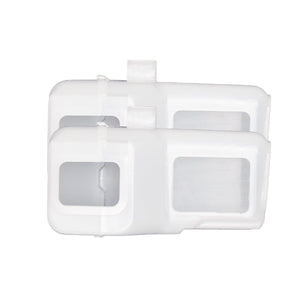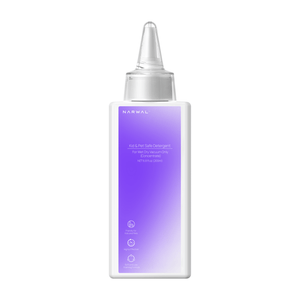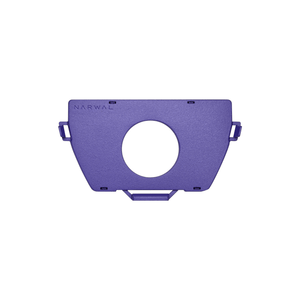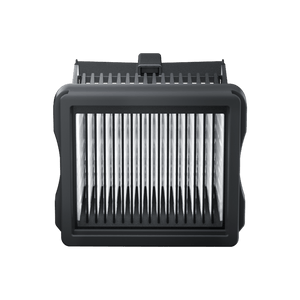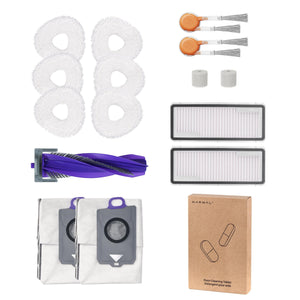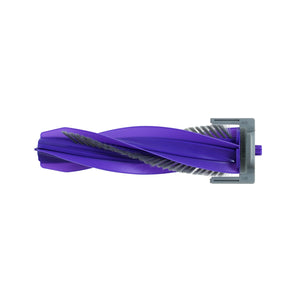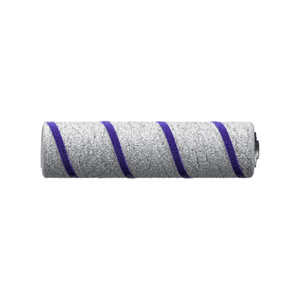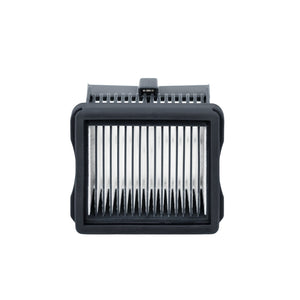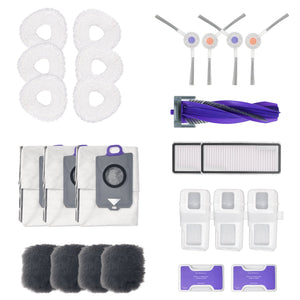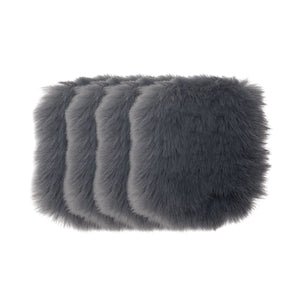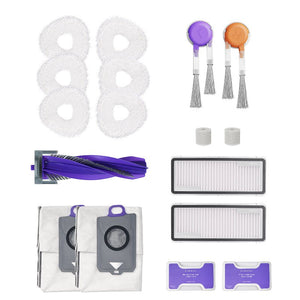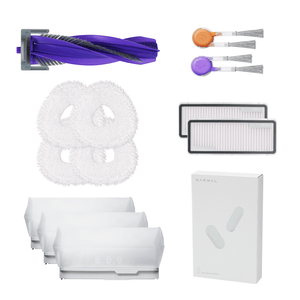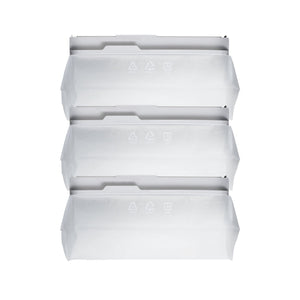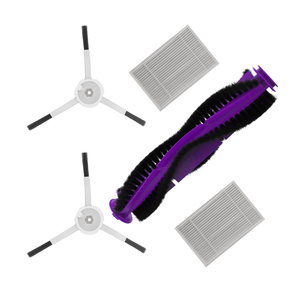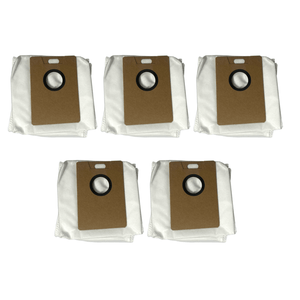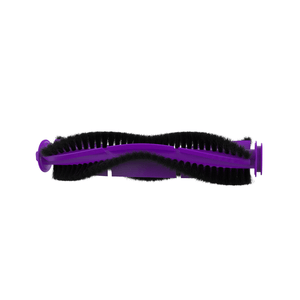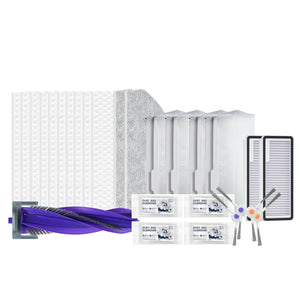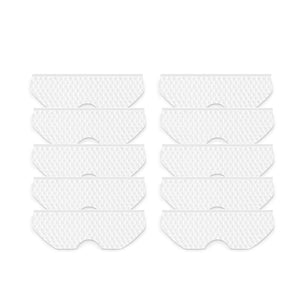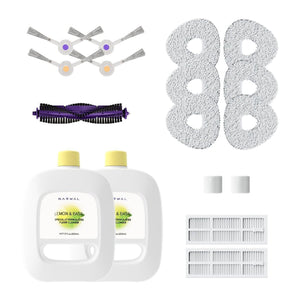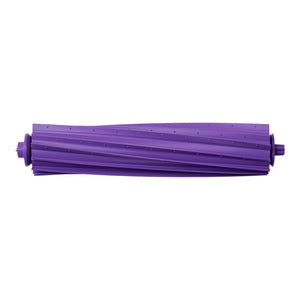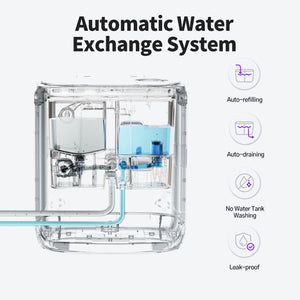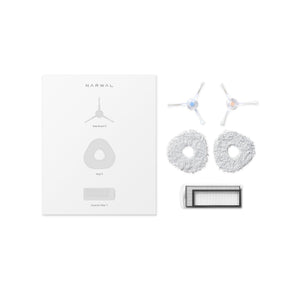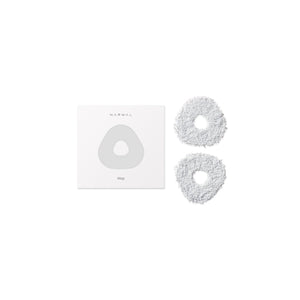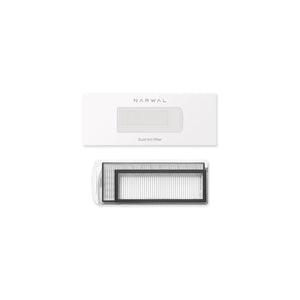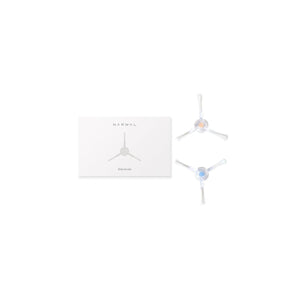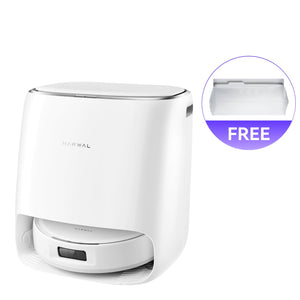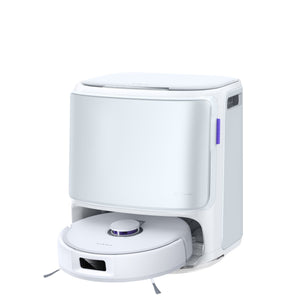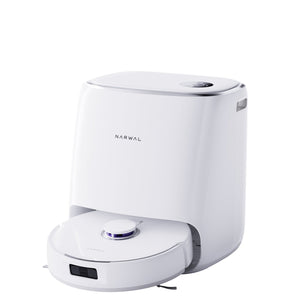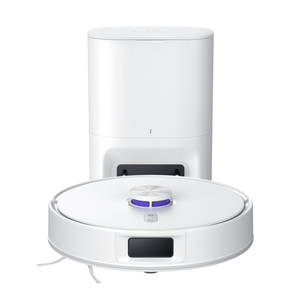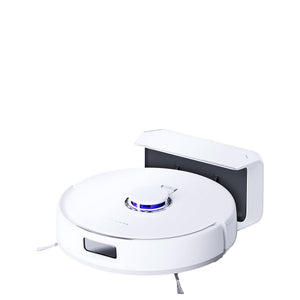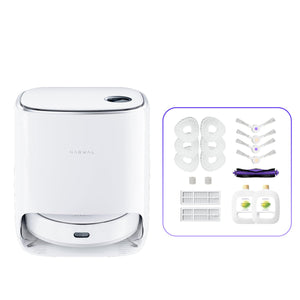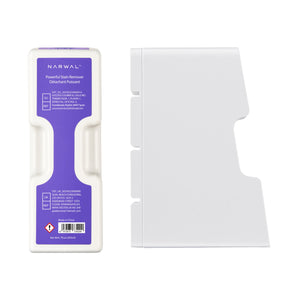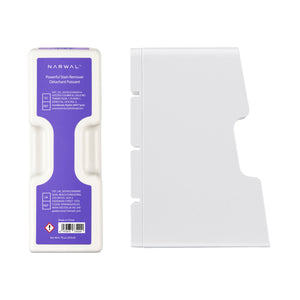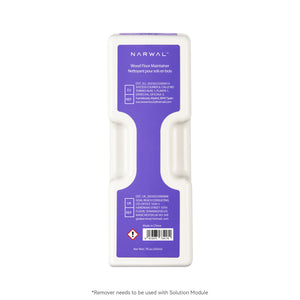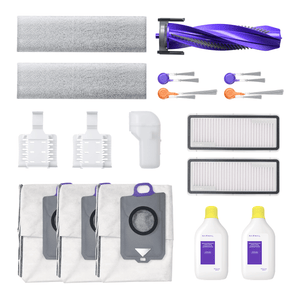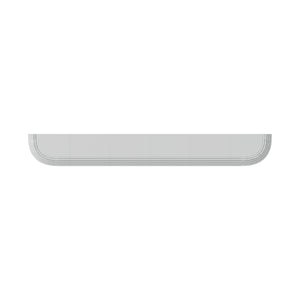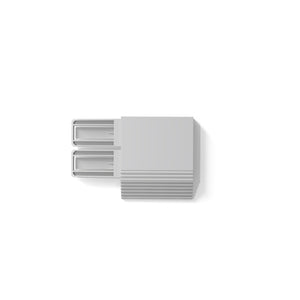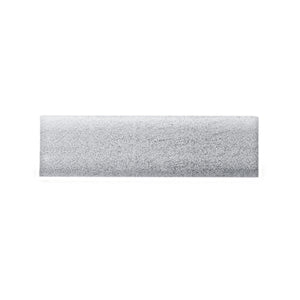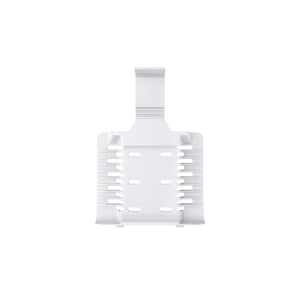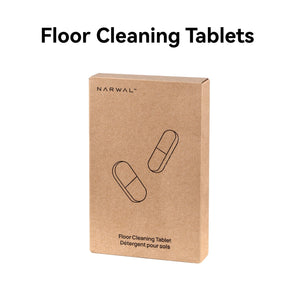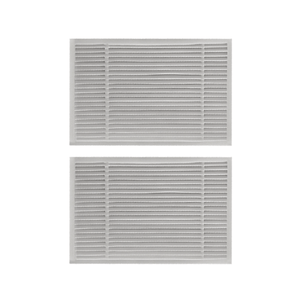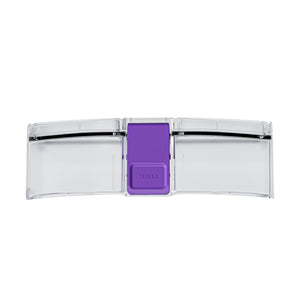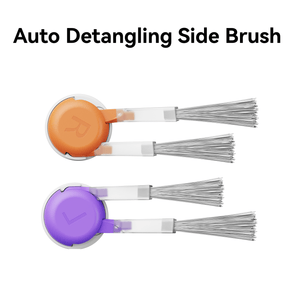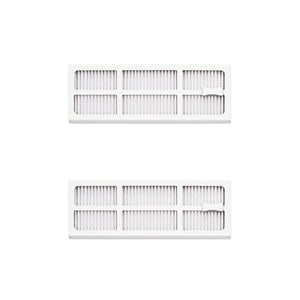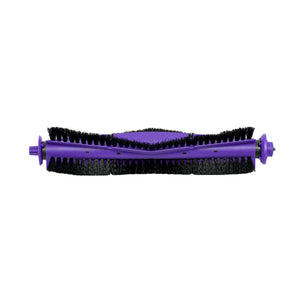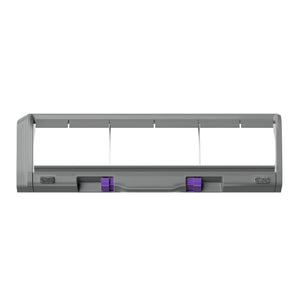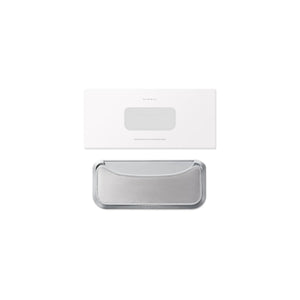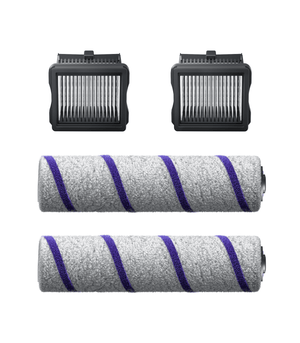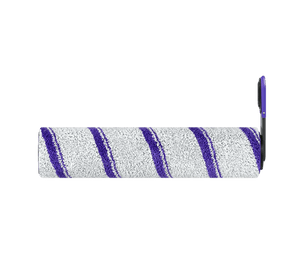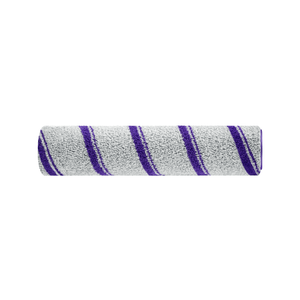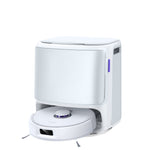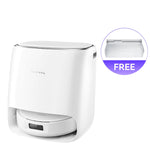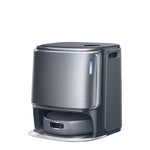Typically, 30–100 watts, similar to a ceiling fan’s power usage. In today's busy lifestyles, the power consumption of robot vacuum cleaners is a concern for many. After all, saving money and being environmentally friendly are important considerations in our daily lives. So, how much electricity do these cleaning machines really use?
In this blog, we will explore the average power consumption of standard robot vacuums and provide specific details about Narwal products. We’ll also discuss the factors that influence a robot vacuum's energy use and share effective tips to reduce power consumption. Let’s dive into the secrets of these household helpers and find the best cleaning solution for your home.
What Is the Typical Energy Usage of Robot Vacuums?

Most standard robot vacuums consume between 30 to 100 watts of power. If we break it down, a vacuum running for an hour at around 60 watts uses about 0.06 kWh of energy. Depending on local electricity rates, this can cost you roughly $0.01 to $0.02 per hour. However, understanding power consumption is crucial when selecting a robot vacuum for your home.
Choosing a more energy-efficient model can lower your expenses over time while ensuring your home stays clean. In this way, choosing the right vacuum can enhance both your cleaning routine and your budget. Let’s see how Narwal products fit into this picture with their specific power usage.
Power Consumption of Narwal Products
Narwal is known for its commitment to efficiency and cutting-edge technology, making its vacuums not only powerful but also energy-conscious. Below, we’ll examine the power consumption of three key models: the Narwal Freo Z Ultra, the Freo X Ultra, and the Freo X Plus.
1. Narwal Freo Z Ultra
[cta:narwal-freo-z-ultra-robot-vacuum-mop]
The Narwal Freo Z Ultra is designed for comprehensive cleaning and efficiency. With a nominal voltage of 14.4V and a maximum output power of 65W, its power consumption translates to approximately 0.065 kWh per hour. If you use this robot vacuum for about two hours daily, it would consume around 0.13 kWh each day, totaling approximately 47.45 kWh annually.
Unique Features:
- Dual HD Cameras: The first robot vacuum mop with dual 1600x1200 HD cameras, enabling real-time cleaning decisions through advanced AI.
- Powerful Suction: Offers 12,000 Pa suction power for effective cleaning on carpets and hard floors.
- Smart Obstacle Avoidance: Recognizes over 120 objects, navigating around obstacles to optimize cleaning.
- Self-Cleaning Mechanism: Uses electrolysis for hygienic self-cleaning of the robot and its mops.
- Adaptive Cleaning: Detects mess types and adjusts cleaning modes for optimal results on dust and spills.
This model is ideal for larger families or homes with pets, where heavier foot traffic and increased mess are common. Its robust features ensure it can handle daily cleaning tasks efficiently, keeping larger spaces spotless without excessive energy consumption.
2. Narwal Freo X Ultra
[cta:narwal-freo-x-ultra-robot-vacuum-mop]
The Freo X Ultra packs a punch with its performance. Operating at 14.4V and a maximum output power of 65W, it consumes about 0.065 kWh per hour as well. Running it for an hour daily would mean around 23.725 kWh consumed over a year, striking a balance between power and efficiency for robust cleaning needs.
Unique Features:
- Integrated Mopping Feature: Smart wet and dry cleaning ensures spotless floors.
- AI Smart Mapping: Automatically learns your home's layout to optimize cleaning paths.
- Zero Tangling Design: Revolutionary floating brush head prevents hair from tangling, ensuring efficient cleaning.
- Maintenance-Free Base Station: Automatically cleans and dries the mop, reducing manual maintenance needs.
- Triple Laser Obstacle Avoidance: Precisely avoids small objects for efficient cleaning.
- Automatic Dust Handling: Compresses and stores dust for 7 weeks of maintenance-free use.
Perfect for busy households with children or multiple pets. Its powerful suction and mopping capabilities make it suitable for homes that require a deep clean on a regular basis. Families looking for an all-in-one cleaning solution will benefit from its comprehensive features.
3. Narwal Freo X Plus
[cta:narwal-freo-x-plus-robot-vacuum-and-mop]
The Freo X Plus combines impressive suction power and advanced cleaning technology. It operates at 14.4V with a maximum output of 65W, consuming approximately 0.065 kWh per hour. Using it for an hour daily results in around 23.725 kWh annually, making it an efficient solution for daily cleaning needs.
Unique Features:
-
Flagship 7,800 Pa Suction Power: Effectively removes over 99% of debris from both hard floors and carpets, making it perfect for homes with pets or heavy foot traffic.
-
Zero Tangling Brush: Innovative floating brush design prevents hair tangling, ensuring a smooth cleaning experience with up to 99% hair removal.
-
Enhanced Mopping Performance: With 6N of downward pressure, the Freo X Plus tackles tough messes on hard floors, ensuring deep cleaning for all surface types.
-
Advanced Laser Navigation: Equipped with triple laser sensors and LiDAR SLAM 4.0, it avoids obstacles with millimeter precision, ensuring optimal cleaning paths.
-
Automatic Dust Handling: The Freo X Plus features dust compression technology, storing dust for up to 7 weeks with minimal maintenance required.
-
Multiple Floor Detection: Automatically recognizes floor types and adjusts cleaning modes accordingly, making it versatile for homes with different surfaces.
-
App & Voice Control: Compatible with Alexa and Siri, it allows for hands-free control and custom cleaning schedules.
Ideal for busy households, especially those with pets or children, the Freo X Plus provides an all-in-one cleaning solution with high suction power, smart navigation, and hassle-free maintenance. Its powerful features ensure a spotless home without the effort.
Power Consumption Comparison

When we compare Narwal vacuums with other popular models in the market, the energy efficiency becomes even more evident.
The Narwal Freo Z Ultra, for example, operates at 65 watts. If used for about two hours daily, it would consume approximately 47.4 kWh annually. This model excels with its advanced AI navigation and dual vacuuming and mopping functions, making it perfect for larger households with pets or heavy foot traffic.
In contrast, the Shark ION Robot operates at around 80 watts, leading to an annual usage of about 58.24 kWh. While it is effective for basic cleaning, it lacks the smart functionalities and integrated features of the Narwal Freo Z Ultra, making Narwal a more technologically advanced option.
Similarly, the Ecovacs Deebot T9 runs at approximately 75 watts, translating to around 54.3 kWh per year. Although it offers various cleaning modes, it doesn't match the seamless integration of mopping and advanced mapping that Narwal provides, especially with the Freo Z Ultra’s capabilities.
Lastly, consider the Narwal Freo, which operates at just 45 watts. This equates to only 16.43 kWh per year when used for two hours daily. This is a great option for smaller homes or anyone wanting efficient cleaning with lower energy expenses. The Freo’s unique features, like automatic mop washing, set it apart from less efficient alternatives.
In conclusion, Narwal’s line of robot vacuums not only proves to be energy-efficient but also offers superior technology and features that enhance cleaning effectiveness, making them a worthwhile investment for any home.
Are Robot Vacuums More Energy-Efficient Than Traditional Vacuum Cleaners?
Robot vacuums are typically more energy-efficient compared to traditional vacuum cleaners. Here's why:
Lower Power Usage
Robot vacuums consume significantly less electricity, using about 60–100 watts on average. In contrast, traditional vacuums often use 500–1,500 watts, making robot vacuums the more energy-saving choice.
Optimized for Regular Cleaning
With robot vacuums designed to clean frequently, they help maintain floors with minimal power. This means less need for intense cleaning sessions, reducing overall energy consumption.
Energy Consumption During Charging
Since robot vacuums rely on rechargeable batteries, they consume power not only while cleaning but also while charging. However, newer models are built to be energy-efficient during charging, preventing excessive electricity usage.
Smart Features and Power Draw
Features like AI mapping, scheduling, and Wi-Fi connectivity add a small amount of energy consumption. While they increase overall power use slightly, their impact is minimal compared to the actual cleaning power.
Thanks to efficient design and regular cleaning capabilities, robot vacuums use less energy than traditional vacuums, making them a more eco-friendly option for daily cleaning.
Factors Influencing Robot Vacuum Power Consumption

Several factors can significantly impact the power consumption of your robot vacuum:
- Cleaning Mode: Most models feature various cleaning modes, such as standard, turbo, or eco. Higher power settings, like turbo mode, will naturally consume more energy to enhance suction and cleaning efficiency.
- Floor Type: The kind of flooring significantly affects energy consumption. Robot vacuums may consume more power on carpets due to increased resistance compared to smoother surfaces like hardwood or tile, which require less energy for navigation and cleaning.
- Battery Size and Capacity: Larger batteries allow for longer run times, but they may also increase initial power consumption during charging. Moreover, the condition of the battery can influence performance and efficiency levels.
- Frequency of Use: The more often you run your robot vacuum, the higher your overall energy consumption will be. Frequent cleaning sessions may lead to increased power usage, especially if set to higher power modes.
- Maintenance and Cleaning Frequency: Regular maintenance, such as cleaning brushes and filters, can ensure that the vacuum operates efficiently. A poorly maintained vacuum may require more power to perform the same tasks.
- Weight and Design: Heavier models may require more power to navigate, especially when transitioning between different floor types or obstacles.
Understanding these factors helps you gauge your robot vacuum's power consumption and optimize its use for energy efficiency.
How to Reduce Robot Vacuum Power Consumption
While robot vacuums are designed to be energy-efficient, there are several effective strategies you can implement to minimize their power consumption:

- Optimize Cleaning Modes: Use lower power modes for regular maintenance cleanings. Reserve higher power settings for occasional deep cleans, which can help reduce overall energy consumption while still ensuring a thorough clean when needed.
- Regular Maintenance: Keeping your vacuum well-maintained—by regularly emptying the dustbin, cleaning brushes, and replacing filters—ensures that it operates efficiently. A well-maintained vacuum requires less power to perform its tasks.
- Smart Scheduling: Utilize smart features to create cleaning schedules that align with your home’s traffic patterns. For instance, running the vacuum when foot traffic is minimal can enhance efficiency and allow the robot to focus on cleaning without interruptions.
- Adjust Cleaning Frequency: Tailor the cleaning frequency based on the amount of dirt and debris in your home. If your home is relatively clean, reduce the frequency of cleanings to save energy.
- Limit Runtime: For less messy areas, set a limited runtime to avoid unnecessary cleaning cycles. Several models enable you to adjust cleaning times to suit your home's unique requirements.
- Choose the Right Model: Consider selecting models known for their energy efficiency, such as Narwal products. With lower power consumption and advanced cleaning technology, they offer a sustainable choice for keeping your home clean without significant energy costs.
- Monitor Energy Usage: Utilize smart plugs or energy-tracking devices to monitor how much power your vacuum uses. This data can help you identify usage patterns and optimize settings for better energy efficiency.
By implementing these strategies, you can enhance the efficiency of your robot vacuum, lower its power consumption, and contribute to more sustainable household cleaning practices.

Conclusion
In summary, knowing how much power your robot vacuum consumes is key to making smart choices. The Narwal Freo Z Ultra, Freo X Ultra, and Freo X Plus all stand out in their own ways. Each model balances cleaning power and energy efficiency, ensuring your home stays spotless without skyrocketing your electric bill.
So, why not make the switch? Choose the Narwal vacuum that fits your needs, and enjoy more free time while it takes care of the mess!
FAQs
Are robot vacuums more energy-intensive compared to other household appliances?
No, robot vacuums typically consume less energy than many household appliances. For instance, while a standard refrigerator can use around 400-800 kWh annually, many robot vacuums use significantly less, making them an energy-efficient choice.
What happens if my robot vacuum runs out of battery during cleaning?
The majority of contemporary robot vacuums, such as those from Narwal, automatically head back to their docking stations when the battery is low. After recharging, they can continue their cleaning tasks.




